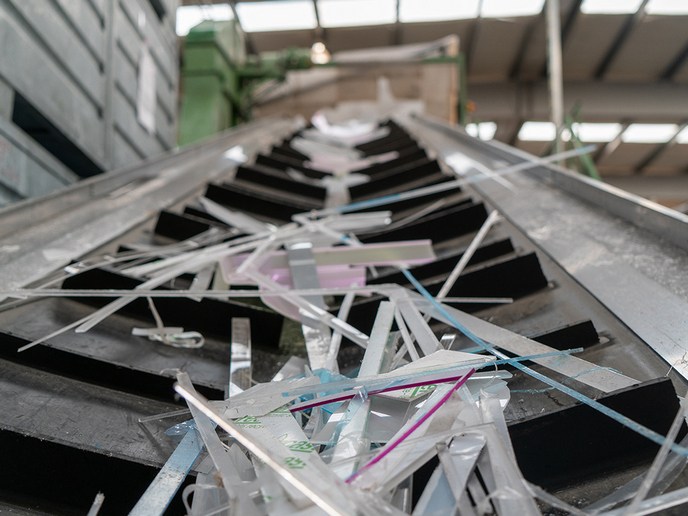Recycling for polystyrene
Expanded polystyrene (EPS) is a lightweight, rigid-foam plastic used widely for insulation and packaging materials. Polycarbonates (PCs), developed over 50 years ago, are common in electronic equipment and structural components. Scientists are investigating how these materials should be recycled through the project POLY-SOLVE(opens in new window) (Development of a selective, green solvent-based recovery process for waste polystyrene and polycarbonate). Building on previously successful solvent-based systems for separating specific plastics from mixed-waste streams, the consortium is extending the technology to include the EPS and PCs. Researchers are also improving it to yield higher-purity products for significantly higher value and thus appeal. A solvent selection tool developed by researchers is also being used to determine the best potential solvents for given complex waste streams. Currently, the EPS from fish boxes is the most readily available waste stream; the EPS from construction materials will become part of the waste stream in the near future. PC composites found in waste electrical and electronic equipment contain glass fibres, which are difficult to recycle mechanically due to machine abrasion. These are therefore particularly well suited to solvent-based recycling. Scientists have screened various solvents from these materials to assess performance, safety and environmental impact. The life-cycle assessment plan is in place and consultations with experts were conducted regarding the decontamination of plastics from legacy additives. These additives are currently banned, but can still be found in waste streams. Investigators have evaluated solvent and polymer prototype recovery processes and are currently developing the design of the dissolution tank. Levels of these additives are not that high in PC, but their presence in other plastics and in the dust generated during shredding jeopardises the compliance of the recycled materials that contain them. Another issue is that much of the waste is shipped to Africa and south-east Asia, posing a risk to human health. This is then used in the manufacture of electrical and electronic devices and re-imported to Europe, leading to exposure of customers to the additives. Solvent-based technologies are the only option at this moment for decontaminating plastics. Solvent-based recycling will also address PC materials filled with fibres, such as those found in electronic waste that are tough on mechanical recycling processes. Expanding recycling will minimise use of decreasing natural resources and minimise landfill volumes. In addition, delivering high-purity products will ensure cost benefits for manufacturers of thermoplastic components.







